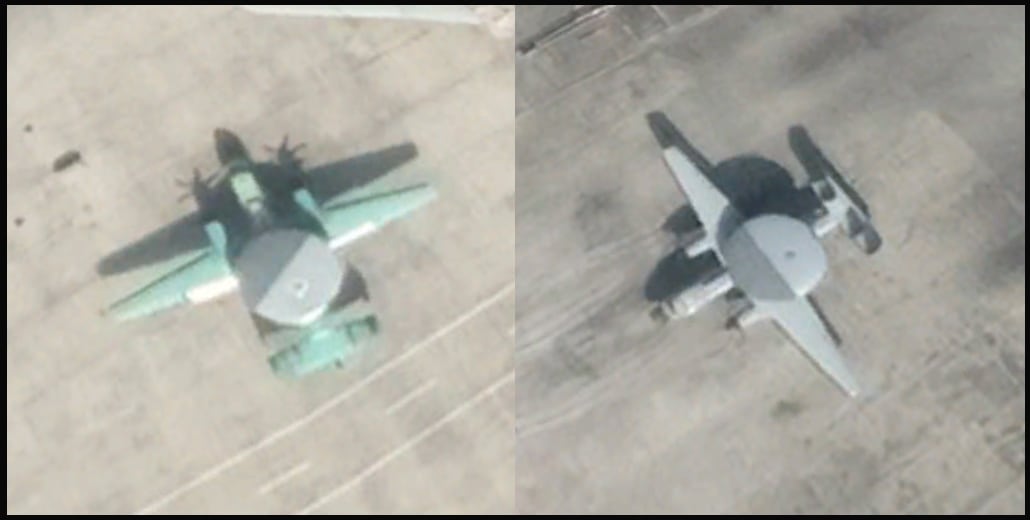MELBOURNE, Australia – Two new variants of China’s stealth fighters have broken cover in the past three days, including China’s next carrier-based fighter, hinted at during a recent air show.
Photos and videos taken outside the Chengdu Aircraft factory in its namesake city on Tuesday showed a two-seat J-20 stealth fighter in overall primer, confirming persistent rumors such a variant was being developed by the company.
The photos and video, posted on Weibo and other social media portals, distinctly showed the aircraft’s tandem cockpit as it taxied toward the runway for take-off.
It’s not clear what role the back-seater would play, although a logical explanation would be that the rear seat would be occupied by a weapons system officer, or WSO, responsible for operating the J-20′s radar and weapons.
It has also been suggested the two-seat J-20, whose exact designation is as yet unknown, would be a manned-unmanned teaming mothership, controlling China’s version of a loyal wingman or other unmanned combat aerial vehicle or UCAV.
Another possible use for a J-20 WSO is the primary sensor operator coordinating other networked, manned assets. Chinese aviation industry officials have said in the past they saw a potential use of the J-20 as a stealth airborne early warning aircraft, using multiple J-20s as a sensor net.
New carrier-borne fighter
In addition, photos surfaced earlier today of what appears to be China’s stealthy carrier-borne fighter taking to the air for the first time. As previously reported, industry officials said during the recent Zhuhai air show the new carrier-borne stealth fighter would make its first flight in 2021.
The photos also confirm the aircraft, whose exact designation is also unknown and is also left in primer, is a development of the redesigned Shenyang FC-31 stealth fighter that has also been called the J-31 in some quarters and was previously suggested as an export design.
The photos, taken while the aircraft was in flight, show the catapult launch bar on the nose landing gear and what appears to be hinges on the wings that allow them to be folded, a typical feature of carrier-based aircraft to allow the limited space on the flight deck and hangars to be maximized.
The new type will likely equip the Type 003 carrier being built at a shipyard in the coastal megacity of Shanghai, which, unlike China’s two existing carriers, will be fitted with catapults that will allow it to shorten the aircraft launch cycle, as well as enable it to operate larger and heavier aircraft such as the Xi’an KJ-600 turboprop carrier-borne airborne early warning aircraft.
Two KJ-600s have been seen on Google Earth satellite imagery, taken Oct. 2, of the airfield at Xi’an-Yanliang, where manufacturer Xi’an Aircraft Corp. has its production facilities. The aircraft measures about 17.5 meters (58 feet) in length and has a wingspan of about 25 meters (82 feet), with one painted in light grey while the other retains a green primer finish.

The two-tone gray finish on the dorsal dish-shaped radomes atop the KJ-600s suggests that their radar, which is mounted on a dorsal dish-shaped radome, has a single antenna array that will be able to rotate, giving it all-round coverage. The type was understood to have made its first flight in late August 2020.
Satellite photos of the Jiangnan-Changxing shipyard where the Type 003 carrier is being built suggest the Type 003 will be equipped with three catapults and will be roughly the same size as the U.S. Navy’s Gerald R. Ford-class carriers.
Mike Yeo is the Asia correspondent for Defense News.










